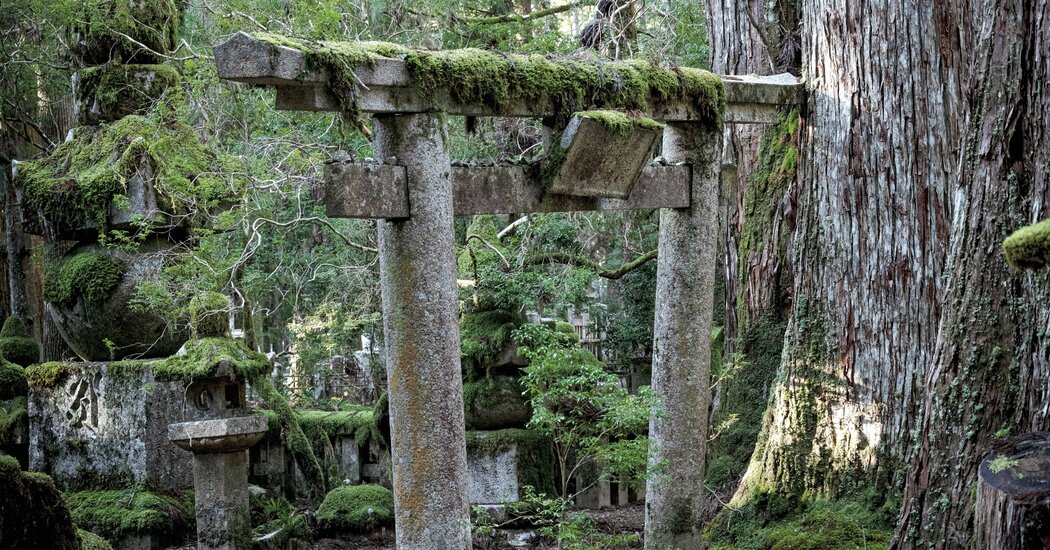Going via Tokyo afterwards, I started to see the town otherwise. Throughout my first few days, I used to be shocked by the virtually self -contained ugliness of his buildings, whose colours, smallness and excessive performance exuded a sort of fungal, as in the event that they have been put within the data that they might quickly be demolished. Right here, from all locations, the perfect of the Swiss French architect Le Corbusier for the constructing was realized as a “life machine”. The utilitarian high quality of the cityscape is opposite to a rustic that in another side of its cultural life unites magnificence and usefulness. I attributed it (as one in London) I attributed it to the destruction made by the warfare and the necessity to get better rapidly afterwards. Tokyo’s fiery bombing by Individuals destroyed roughly half the town, about 16 sq. miles. Some essential buildings such because the seventeenth -century Asakuse Sanctuary, a shin complicated of pagodas and deep icy tiles with tiles killed in Vermilion, survived, however massive components of the town have been diminished to ashes. Now I began to marvel if this substitute was speaking about an older expertise of working with wooden and paper. This thought got here on the again of one other controversial: trendy Japan, who lives underneath the everlasting menace of earthquakes, was uniquely profitable in engineering buildings designed to resist seismic instability to resist; But even observers of his up to date structure commented on how rapidly his buildings have been constructed and demolished in comparison with these in different international locations. “The thought of being always pulling and placing on may be very sturdy,” writes American -born Donald Richie in “Aspect View: Essays for Tradition and Model in Trendy Japan” (1987), one of many many books he publishes about his homeland. It’s troublesome to not really feel that the ghost of working in wooden and paper has lived in concrete and metal.
Hirano was in actual fact, describing how Japan’s put up -war development code actively discouraged conventional supplies. “Straightforward to burn,” he mentioned incorrect. Within the put up -World Conflict II interval, Japan, the necessity for self -preservation, diverted the supplies that made him so weak to his enemies. I felt that this affected the dimensions of Tokyo, which struck me as a metropolis that was positioned a dozen occasions in a low metropolis of neighborhoods just like what I grew up with in New Delhi. From the second I arrived, I felt city and rural respiration facet by facet. Hirano talks about Habris from the Nineteen Eighties, which led to a kind of gigantism, not in contrast to what one sees in locations like Shanghai and Dubai. He believed that the audacity belonged to a worse stage of capitalism, which turned out to be environment friendly in itself. Nobody was attempting to make Japan nice once more, he mentioned. Society was offended with fatigue. The younger folks had little religion sooner or later and lived in an irreversibly growing older society. After I requested Hirano what structure in Japan in the present day informed him in regards to the state of the nation, he laughed and mentioned, “Comfortable nihilism.”
Land: The soil of perseverance
The continual could have been a Buddhist concept – Buddhism, like a lot on this island nation, was a cultural import from India, via China, within the sixth century – nevertheless, one has to ask if there’s something on this soil that makes Japan notably receptive to such an concept. Author Haruki Murakami prompt that there was. In Speech of 2011 Given just a few months after an earthquake and tsunami, they led to the catastrophe on the Fukushima Daichi nuclear energy plant, Murakami mentioned that being Japanese “means, in a way, to stay together with numerous pure catastrophes. Go to our days, because it was, on a nest of earthquakes.”
Eleven years after the catastrophe in Fukushima, the author Hiroko Yoda, who works on a ebook on Japanese spirituality, travels with Shinto priest to the depopulated sizzling areas. Shortly after the incident, males within the hazel fits all of a sudden arrived within the village of the priest in Fukushima, testing for radiation publicity. His neighbors rushed out of their houses, leaving the semi-exposed lunches of their kitchen tables. When Yoda returned with the priest within the village greater than a decade later, Padito developed. The complete areas, nonetheless thought of polluted, have been deserted, their former residents dwelling as inner refugees within the nation.

